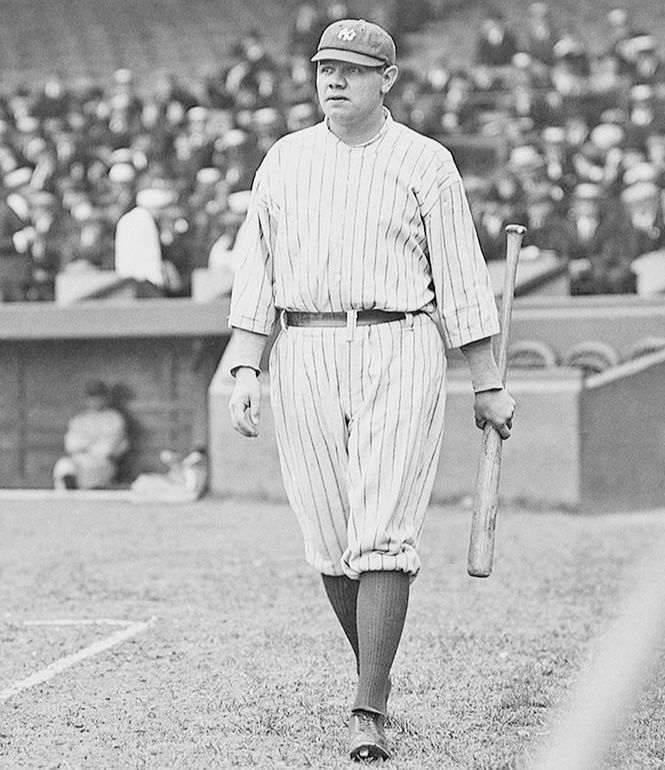American Culture in the Roaring 20s

The Roaring Twenties was a period of economic prosperity and great cultural changes in America, particularly in major cities like Chicago and New York.
New artistic and cultural movements blossomed including new forms of art, movies, and music. African American jazz and blues exploded onto the scene and the flapper redefined the modern look for American women.
In the wake of the patriotism of World War I, President Warren G. Harding promoted a "return to normalcy". However, the spirit of the Roaring Twenties was marked by breaking with tradition and new, modern tastes.
Everything seemed possible with modern technology. This included automobiles, moving pictures, and radio that brought "modernity" to a large part of the population. At the same time, jazz and dancing rose in popularity, in opposition to the mood of World War I. As such, the period often is referred to as the Jazz Age.
Aviation became a business and Charles Lindbergh became an international celebrity after making the first nonstop flight from New York City to Paris in 1927.
Demand for new technology shot upward as many Americans took advantage of new credit cards to purchase items they never could before. The media, funded by the new industry of mass-market advertising driving consumer demand, focused on celebrities, especially sports heroes and movie stars. Cities rooted for their home teams and filled majestic new cinemas and gigantic sports stadiums.
Among the most popular figures of the 20s was baseball's Babe Ruth, who broke every home run record in the sport. He came to transcend baseball and became a national icon, epitomizing the "rags-to-riches" American Dream.

In boxing, it was Jack Dempsey who set financial and attendance records, including the first million-dollar gate. In football, "The Galloping Ghost" Red Grange helped legitimize the new National Football League.
The 1920s brought new styles of music into the mainstream of culture, but it was jazz that became the most exciting form of music. Primarily centered in a Black community of New York known as Harlem, major performers included Louis Armstrong, Duke Ellington, and Jelly Roll Morton.
New dances like the Charleston became the rage to go along with the music. The development of urban and city blues also began in the 1920s with performers such as Bessie Smith and Ma Rainey.

The Roaring Twenties was a period of literary creativity as well. F. Scott Fitzgerald's The Great Gatsby is often described as the ultimate novel of America's Jazz Age.
At the beginning of the decade, movies were silent. In 1927, The Jazz Singer became the first movie with sound. Josephine Baker became the first Black woman to star in a major motion picture that year as well, after starting her career as a dancer during the Harlem Renaissance.
Baker was just one of many women who epitomized the new "flapper" style who danced, drank, smoked and voted. These women cut their hair in bobs, wore make-up, and partied out on the town.
New careers also opened for single women in offices and schools, with salaries that helped them to be more independent. With their desire for freedom and independence, came changes in fashion.
One of the more dramatic post-war changes in fashion was the woman's silhouette; the dress length went from floor length to ankle and knee length.
Flappers would wear these to "speakeasies" - secret bars that sold alcohol illegally. These sprouted up across the country during the prohibition era of 1920-1933.